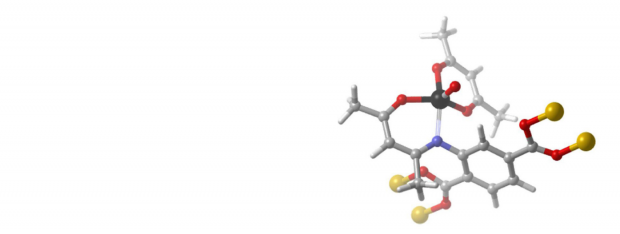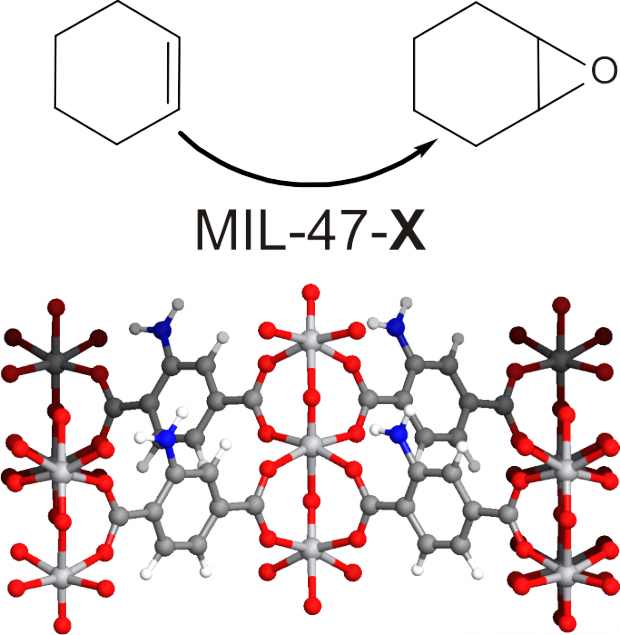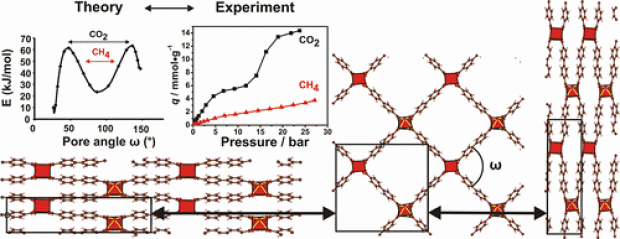Quantification of silanol sites for the most common mesoporous ordered silicas and organosilicas: total versus accessible silanols
Abstract
IR and NMR spectroscopy were used to determine the silanol content in the most common mesoporous ordered silicas: MCM-41, MCM-48, SBA-15 and SBA-16. In addition, a spray dried MCM-41 and an ethene bridged PMO are investigated. The results are compared with a commercial chromatographic silica (Nucleosil). The complete distribution of surface and bulk silanols, and of isolated, geminal and vicinal silanols for all these materials is presented. A distinction is made between the total silanol number and the reachable or surface silanol content. The latter is determined by controlled reactions with simple silanes. All mesoporous ordered silicas, and especially the thick walled SBA-type materials and the PMO contain a surprisingly high amount of total silanol sites, albeit that up to 90% if these silanols are buried inside the walls and are not reachable for small silanes.




 Open Access version available at
Open Access version available at 